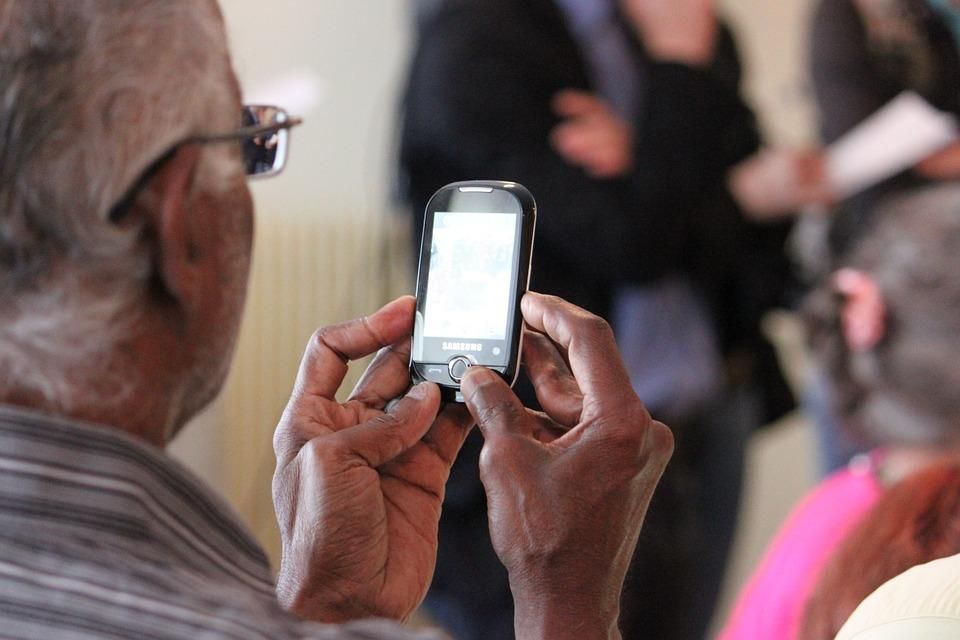
How to Optimize Your Smartphone for Elderly Users
Introduction
In today’s digital age, smartphones have become an essential part of our lives. They connect us to the world, allow us to communicate with loved ones, and offer a wide range of capabilities. While smartphones are generally built with a younger, tech-savvy audience in mind, they can also be a valuable tool for elderly users. By optimizing their smartphones to suit their specific needs, elderly users can benefit greatly from these devices and stay connected with ease. In this article, we’ll explore some tips and tricks to help you optimize a smartphone for elderly users.
1. Increase Font Size and Icon Size
One of the challenges for elderly users is reading small text and identifying tiny icons. To address this, you can adjust the font and icon size settings on the smartphone. In most smartphones, this can be done by going to the “Display” or “Accessibility” section in the settings menu. Increasing the font size and icon size will make it easier for elderly users to read text and locate important app icons on their home screens.
2. Simplify the Home Screen
Smartphone home screens can often be cluttered with numerous app icons and widgets. For elderly users, a cluttered home screen may cause confusion and difficulty in finding the desired apps. To optimize the smartphone for them, it’s recommended to simplify the home screen by only including essential apps and widgets. Keeping it clean and organized will make it much easier for elderly users to navigate and locate the functions they need quickly.
3. Enable Voice Control
Voice control is a powerful feature that can greatly enhance the usability of smartphones for elderly users. Enabling this feature allows users to interact with their devices hands-free by simply using voice commands. They can make calls, send messages, open apps, and perform various other functions without needing to navigate complicated menus. To enable voice control, go to the “Accessibility” or “Voice Control” section in the settings menu and follow the instructions provided.
4. Use Simple and Intuitive Apps
Many apps are designed with complex features and numerous options, which can be overwhelming for elderly users. To optimize the smartphone, choose apps that have a simple and intuitive interface. Look for apps with larger buttons, clear labels, and straightforward functionality. There are numerous apps available specifically designed for elderly users that provide easy access to essential functions like phone calls, messages, weather updates, and emergency contacts.
5. Set Emergency Contacts and Medical Information
In case of emergency, it’s crucial for elderly users to have easy access to emergency contacts and vital medical information. Most smartphones offer a feature to store emergency contacts and medical details. Utilize this feature to add important information like blood type, allergies, and emergency contacts. Some smartphones even have an emergency feature that can quickly dial emergency services or send a distress signal when needed. Make sure to familiarize the elderly users with these functions to ensure their safety.
6. Provide App Recommendations and Tech Support
Introducing elderly users to beneficial apps that suit their needs can greatly enhance their smartphone experience. Recommend apps for health monitoring, medication reminders, brain games, and video calling to help them stay engaged and entertained. Additionally, offering tech support and assistance whenever required will help elderly users feel comfortable and confident while using their smartphones.
Conclusion
Optimizing smartphones for elderly users can make a significant difference in their digital experience and connectivity. By increasing font and icon sizes, simplifying the home screen, enabling voice control, using intuitive apps, setting emergency contacts, and providing app recommendations and tech support, you can ensure that elderly users can fully utilize the benefits of smartphone technology.


